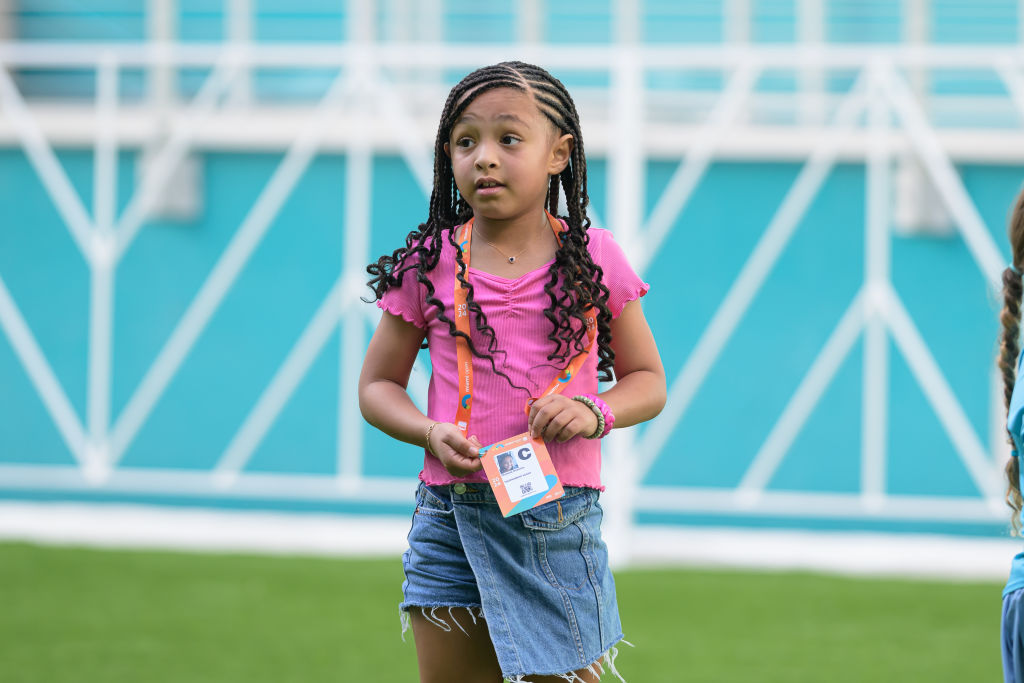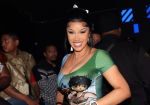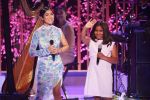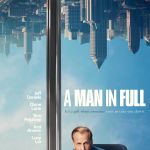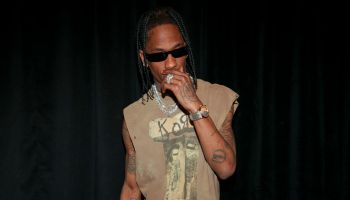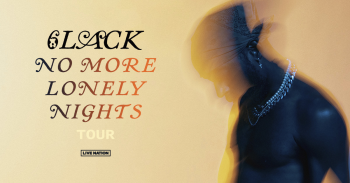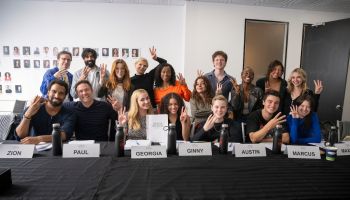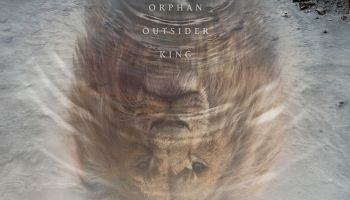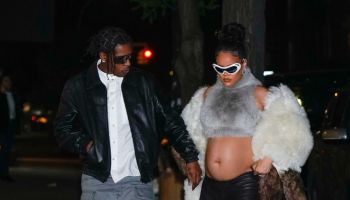The George Zimmerman murder trial is at its end.
And if you tuned in today, you probably witnessed the most intense, powerful and emotional day that the trial has brought forth so far.
Prosecuting attorney Bernie de la Rionda (BDLR) gave the state’s closing argument in the afternoon, following deliberations in the morning where Judge Nelson ruled that the jury would be allowed to consider manslaughter as a lesser offense.
But during de la Rionda’s nearly three hour statement, it became clear that the state was going for second-degree murder, not manslaughter.
He made it clear that Zimmerman’s actions before the shooting, during, and after, exhibited ill-will and the murder of Trayvon Martin was unlawful.
He used Zimmerman’s crime scene reenactment video, countless interviews, and the 911 audio to point out his inconsistencies.
And he showed the jury the last photograph of Trayvon as he lay dead after the shooting.
Here are more of the powerful and heartbreaking moments from de la Rionda’s closing statement:
– The first lines of the closing statement: “A teenager is dead. He is dead because of no fault of his own. He is dead because another man made assumptions. Unfortunately, because his assumptions were wrong, Trayvon Benjamin Martin no longer walks on this Earth.”
– BDLR shows the jury a photograph of Trayvon’s lifeless body: “This is one of the last photos that was taken.”
– On Zimmerman breaking the law and murdering Trayvon: “The law doesn’t allow for people to take the law into their own hands, not even the police.” Later in his statement, he shows a PowerPoint slide with a picture of a police badge. “If you don’t have one of these, don’t act like you do.”
– BDLR holds up the actual Skittles bag and Arizona tea can that Trayvon purchased just moments before his death: “What was his crime? He bought Skittles!? That was his crime?!”
– BDLR points out that Zimmerman decided that fateful night to be what he always wanted to be…a police officer: “Instead of waiting for the police to come…he did not. He wanted to make sure that Trayvon Martin did not get out of the neighborhood.”
– On Zimmerman’s supposed fear: “Why does this defendant get out of the car if he thinks Martin is a threat to him?! Because he’s got a gun!”
– When going over the timeline of Rachel Jeantel’s phone call with Trayvon, BDLR commented on her “colorful” testimony: “Rachel Jeantel may not be sophisticated, but she is a human being.” He added that her colorful language doesn’t make her less credible.
– BDLR turned a famous MLK “I have a dream…” into a plea for the jury to take Jeantel’s testimony seriously: “I have a dream a witness will not be judged on the color of her personality, but by the content of her testimony.”
– BDLR points out that Zimmerman didn’t know the name of the street in his neighborhood, but later in the reenactment video (which he showed to the jury), Zimmerman refers to the street by name.
– While playing parts of Zimmerman’s various interviews with investigators Chris Serino, Doris Singleton and Fox News’ Sean Hannity, BRLR observes that Zimmerman backtracks on a few of his statements. BDLR points out he told the 911 dispatcher he was following Trayvon, but in his Hannity interview, he says this: “I mean that I was going in same direction as him…I didn’t mean that I was actually pursuing him.”
– He also switches up his word use in another interview: “When I walked towards him, I saw him coming towards me.” BDLR points out that Zimmerman lied because he didn’t want it to be known he was following a 17-year-old boy even when the cops told him not to.
– BDLR, after holding up Zimmerman’s firearm and the hidden holster he used: “How did the victim see this gun in the darkness?” Zimmerman told investigators that Trayvon grabbed for his gun.
– BDLR points out that Zimmerman reported being punched more than 20 times and had his head bashed into the concrete continuously. Zimmerman, however, didn’t even require one stitch. “How’s he alive! Or is he exaggerating that too?”
– BDLR shows this slide that compares the defendant with the victim:
– He leaves the jury with this last thought: “I ask for a verdict that speaks the truth.”
For more of de la Rionda’s closing statement, see the videos below:
You can check out the rest of the clips, here.
SOURCE: Youtube
